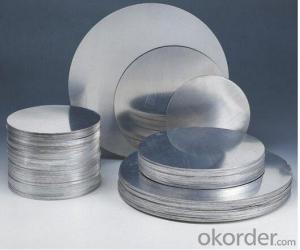Aluminum profiles have been a game-changer in the construction industry. Their versatility, strength, and lightweight nature make them an ideal material for various applications. From structural support to aesthetic enhancements, aluminum profiles are shaping the future of construction in more ways than one. Let’s dive into the world of aluminum profiles and explore their impact on the industry.
The Versatility of Aluminum Profiles
Aluminum profiles are available in a wide range of shapes and sizes, making them suitable for a variety of construction projects. Whether you need beams, columns, or trusses, aluminum profiles can be customized to fit your specific needs. This flexibility allows architects and engineers to push the boundaries of design and create structures that were once thought impossible.
Imagine a building with a sleek, modern design that incorporates aluminum profiles in its facade. The clean lines and metallic sheen add a touch of elegance and sophistication to the structure. Moreover, aluminum profiles can be powder-coated or anodized to achieve virtually any color, allowing for endless design possibilities.
Strength and Durability
Despite their lightweight nature, aluminum profiles are incredibly strong and durable. They can withstand heavy loads and extreme weather conditions without compromising their integrity. This makes them perfect for both residential and commercial construction projects, where durability is a top priority.
Aluminum profiles are also resistant to corrosion, which means they require minimal maintenance and have a longer lifespan compared to other materials. This is particularly beneficial in coastal areas, where the salty air can cause rapid deterioration of traditional building materials.
Sustainability and Environmental Impact
The construction industry is increasingly focusing on sustainability and reducing its environmental impact. Aluminum profiles play a crucial role in this endeavor. They are made from a material that can be recycled indefinitely without losing its quality, making them an eco-friendly choice for builders and architects.
Moreover, the production process of aluminum profiles generates fewer greenhouse gases compared to the production of steel, which is another plus for their environmental credentials. By choosing aluminum profiles, the construction industry can take a step towards a greener future.
Energy Efficiency
Aluminum profiles also contribute to the energy efficiency of buildings. Their thermal conductivity properties allow for better heat transfer, which can be harnessed to reduce the need for artificial heating and cooling systems. This not only saves energy but also lowers the carbon footprint of the building.
In addition, aluminum profiles can be used to create structural insulated panels (SIPs), which are highly efficient in terms of insulation. These panels can significantly reduce energy consumption and provide a comfortable living or working environment.
Innovations in Aluminum Profiles
The future of aluminum profiles in construction is bright, with ongoing innovations and advancements in technology. For instance, 3D printing with aluminum is now a reality, opening up new possibilities for the design and fabrication of complex structures.
Furthermore, the integration of smart technology into aluminum profiles is on the horizon. Imagine aluminum profiles that can sense changes in temperature, humidity, or structural stress and respond accordingly. This could lead to smarter, more adaptive buildings that can better withstand the test of time.
The Human Touch
While aluminum profiles bring a lot of technical advantages to the table, it’s essential not to forget the human touch in construction. The use of aluminum profiles should be balanced with other materials and design elements to create spaces that are not only functional but also inviting and warm.
The future of construction is not just about the materials we use but also about how we use them to create spaces that resonate with people. Aluminum profiles are a tool in this journey, helping us to build a better, more sustainable future for all.
Conclusion
Aluminum profiles are more than just a material; they are a key component in shaping the future of construction. Their versatility, strength, sustainability, and potential for innovation make them an indispensable part of the industry. As we continue to push the boundaries of what is possible, aluminum profiles will undoubtedly play a central role in creating the buildings and structures of tomorrow.

